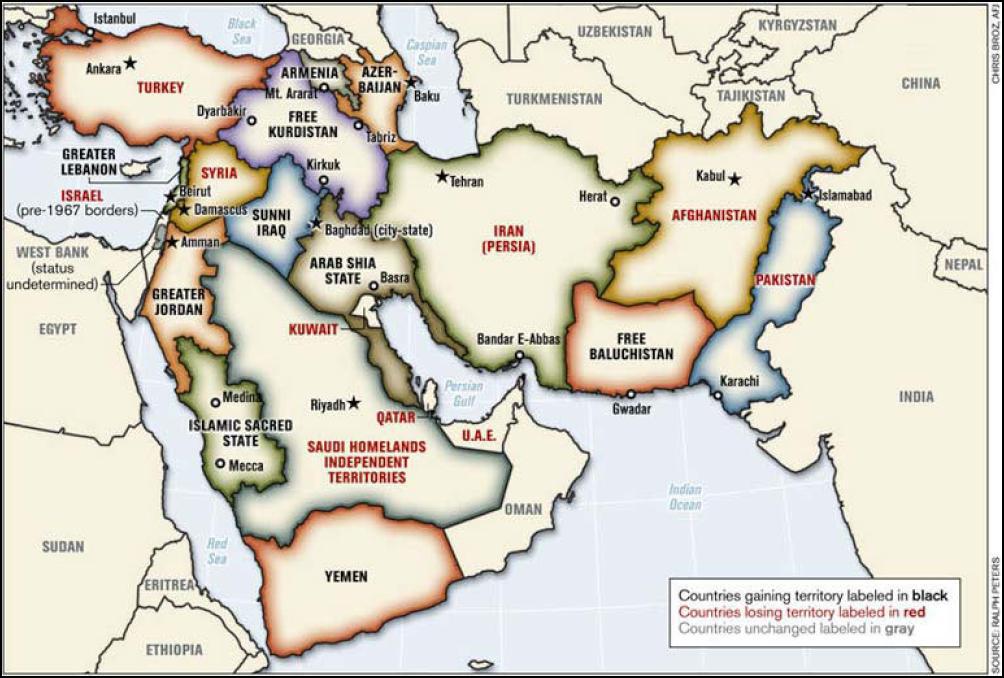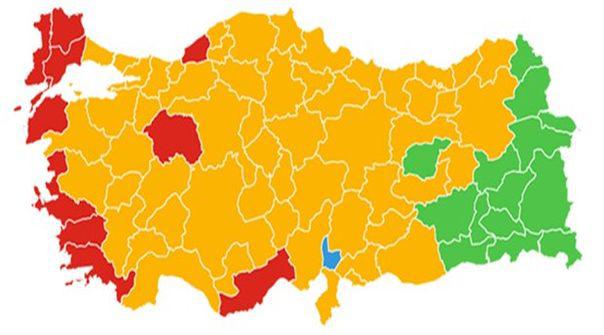U.S. Strategy In
Turkey: Causing The Problem to Provide “The Fix”
By Kemal Sakarya and
William Cohn
June 18, 2015 "Information
Clearing House" -
Yalikavak, Turkey - Those who honor the vision
of the founder of the modern Turkish Republic view the current
events in Turkey with grave concern.
Mustafa Kemal Ataturk
said “Authority, without any condition and reservation, belongs to
the nation.” This is written in the chamber of the Turkish
Parliament. His populist vision held that the people of the nation
themselves are the sovereign. His democratic vision for his people
is again under threat.
Results of the election
of June 7th 2015, have led to commentary in the western
media that is predominantly hopeful and optimistic – proclaiming the
election a victory for Turkish democracy. However, such spin fails
to provide proper historical context and skepticism, and fails to
meet the reality check. Informed Turks know better.
Critics of the present
regime have contend that President Erdogan was only able to ascend
to power with the backing of the U.S. government, most notably the
CIA. His visits to the U.S. prior to assuming power, and the changes
to Turkish law which enabled him to become Prime Minister, fueled
popular perceptions among Turkish civil society that he was the
puppet of Washington.
Washington surely knew
that Erdogan would be an extreme authoritarian, as his political
opportunism was well known, as was his ambition for great wealth
(last year, The Telegraph reported on tapes of a telephone
conversation with his son alluding to tens of million Euros in cash
stashed away in his home). Thus, it was entirely foreseeable that he
would have a limited time in power, and as we have seen in the
recent election, Turks reject his efforts to rewrite the Turkish
Constitution by placing power squarely with the President.
As has been the history
of U.S. foreign policy, Erdogan maintained U.S. support only so long
as he was able to serve to U.S. interests (see also Saddam Hussein,
Manuel Noriega, Ferdinand Marcos, Mobutu Sese Seko, etc.). In fact,
as Erdogan’s decline was seen as inevitable, the U.S. aligned itself
with his former ally, and now nemesis Fethullah Gulen, who now
resides in the U.S. and actively works to shape the Turkish
political landscape.
Promoting Kurdish
independence is a key piece of the U.S. grand strategic design for
the Middle East. In 2006, during a NATO Defense College conference
in Rome, the map below was shown (source, and for more, see
http://www.scoop.co.nz/stories/HL0611/S00158.htm ). Retired U.S.
Col. Ralph Peters reportedly prepared this map. During the 2006 NATO
event, the Turkish military personnel protested the presentation of
this map by leaving the event. This was a major news event in Turkey
at that time, as this was perceived as a significant violation of
the sovereignty of the Republic of Turkey. This, of course, did not
and has not changed the agenda of the U.S. government.

Further, the promotion
of Kurdish political independence is vital to U.S. efforts to
undermine the power of Syrian President Bashar al-Assad. Kurds, long
a favored instrument of U.S. foreign policy, serve to balkanize
centralized power in the region – furthering classic divide and rule
aims of the U.S. in the Middle East. The most recent U.S.
intervention in Iraq also underscores the pivotal role Kurds play in
U.S. designs for the region.
There was no way
Kurdish independence could be spoken of in Turkey until recently.
Those who even broached the idea were dealt with harshly and
swiftly. However, with the authoritarianism of the Erdogan regime,
and the threat it poses to the secular culture that Turkey has had
since its 1923 foundation, Turks are looking for an alternative
source of power which will, of necessity, lead to coalitions amongst
strange bed-partners. Kurdish autonomy is now the likely result of
the most recent elections.
As Erdogan cracked-down
on Turk civil society (for example, reportedly sending children to
police custody because of the anti-government tweets they were
sending through social media, planning prosecutions with fake
evidence, arresting high ranking officials in the Turkish military,
and buying the major media channels in the country to allow only the
propaganda his regime wished to reach the public), it led
secularists to consider other alternatives in order to bring down
the current regime.
It is not by chance
that one of the main opposition forces among the parties currently
operating in Turkey, and which was very successful in the June 7th
elections, is HDP, the pro Kurdish party which is asking for an
independent Kurdish area in the current Turkish lands. It is
instructive to note the similarities in the map below (source:
http://www.milliyet.com.tr/2015-genel-secim-sonuclari-gundem-2071339/)
and the map above (see “Free Kurdistan” above). As can be seen,
HDP’s support aligns with the U.S. grand design for the mid-East –
as unveiled at the 2006 NATO Defense College conference.

Above, the map of
present-day Turkey shows in green the area that HDP won. Will this
area remain part of the Republic of Turkey in the years ahead? Or
will it become the Kurdish independent state that the U.S. so
clearly desires in furtherance of its imperial ambition to control
the resources of the region?
Don’t be fooled by the
rose-colored glasses with which commentators in the Western media
are portraying the June 7th election results. Yes, we can
applaud the civil society mobilization to derail Erdogan’s
authoritarian aims. But, there is so much more to this story than
most people are hearing. Moving forward, look out for a greater role
by the CIA in the region as Turkish and regional politics become
more splintered.
The authors are a
Turk using a pseudonym and a constitutional law professor at New
York University and the University of New York in Prague, who have
spent the past two weeks in Istanbul and other parts of Turkey
observing the current state of the country.